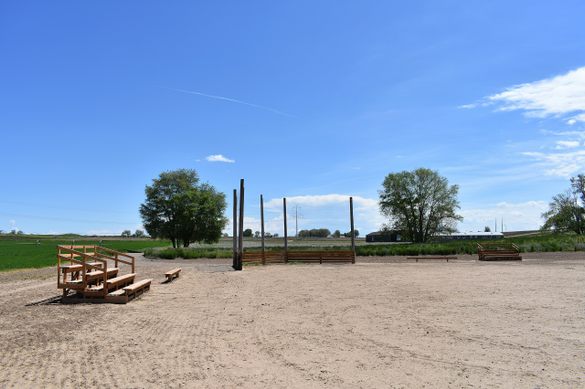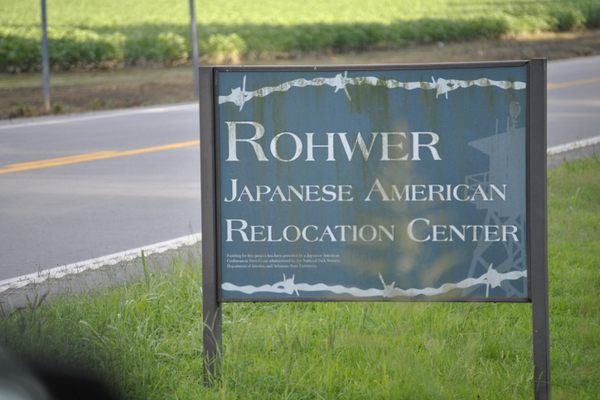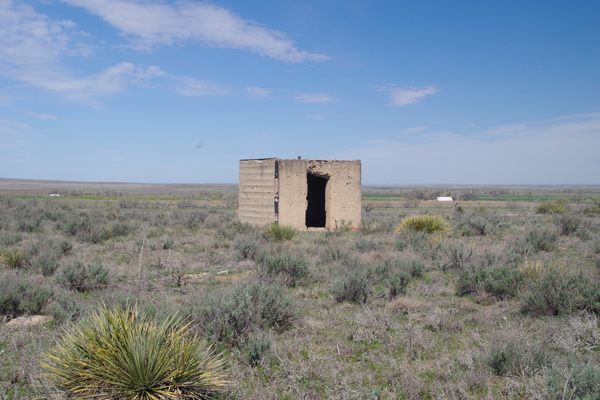Minidoka National Historic Site
During World War II, over 13,000 people of Japanese ancestry were forcibly removed from their homes and incarcerated in this camp in the Idaho desert.
Many people of Japanese ancestry in the United States had made lives for themselves despite discrimination, but everything changed on December 7, 1941. After the attack on Pearl Harbor, panicked people believed every Japanese person could be a potential spy, ready and willing to assist in an invasion that was expected at any moment.
In February 1942, President Franklin D. Roosevelt signed an executive order that resulted in nearly 120,000 Japanese and Japanese Americans being forced to leave their homes and enter isolated “war relocation centers” scattered across the western United States. Minidoka was one of 10 such centers, located in the Idaho desert. At its peak, there were more than 9,000 people incarcerated here.
Many of the buildings and the barbed wire that once stood here are now gone, but the park preserves a portion of the incarceration site and a few of its structures. It has been preserved as a way to share the difficult history of how Japanese Americans were treated during World War II.
Know Before You Go
Minidoka is not well marked by signs and this limits access to many people. As a national site, there were no signs on the main roads or highways.
Community Contributors
Added by
Edited by
Plan Your Trip
The Atlas Obscura Podcast is Back!





















Follow us on Twitter to get the latest on the world's hidden wonders.
Like us on Facebook to get the latest on the world's hidden wonders.
Follow us on Twitter Like us on Facebook